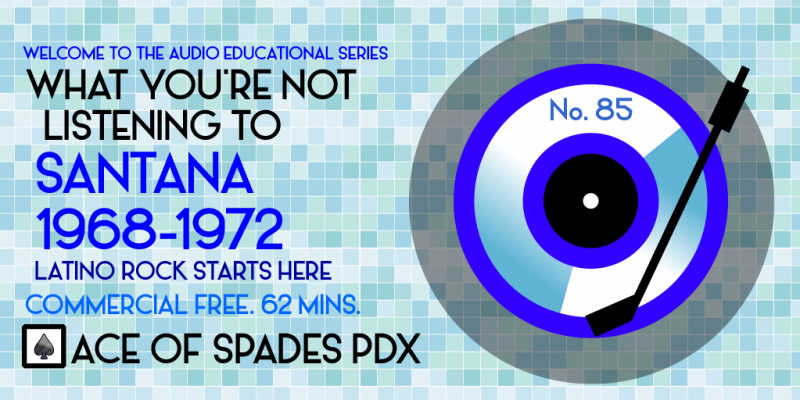Podcast: Play in new window | Download | Embed
Though Hispanic/Latinx/Latino music from the United States of the last couple of decades has primarily focused on club bangers and Pop music, there was a time when practically everyone in the underground and the mainstream was grooving to a brand new and hip sound not before experienced by anyone. #hispanicheritagemonth #latino #latinrock #lantinx #santana
Santana formed in 1967 in what was considered at the time to be the center of the counter-culture universe, San Francisco, CA. They were a group of varying styles, from African and Caribbean percussion, Blues, Soul, Latin and American Jazz mixed in with American Rock and Blues. And honestly, where else could have a band as diverse as this happen in anywhere but San Francisco and only during that time period.
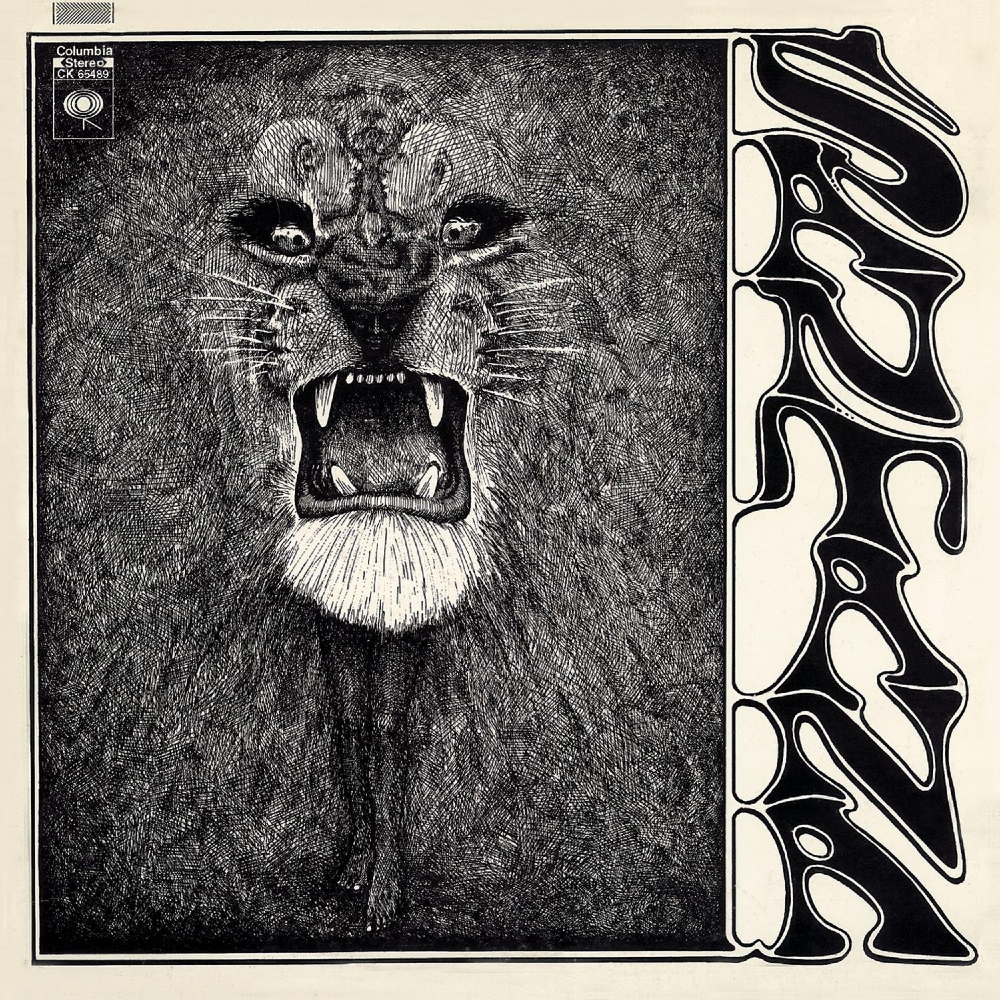
The literally were the first band to carry the Latin Rock title, a new sub-genre that focused on a fusion of Latin, African, psychedelia and the heavier Rock styles coming out of the late 1960’s music scene. They weren’t the first rock artists of Hispanic origin in the United States, but they made the biggest impact with their hybrid sound.
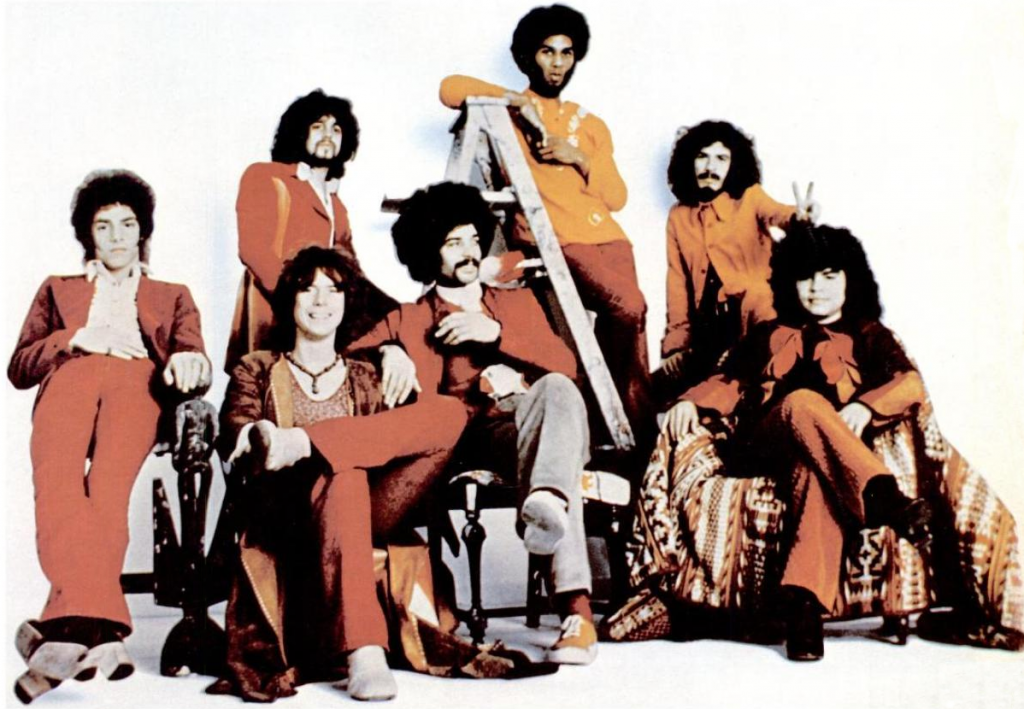
The band was ethnically and culturally diverse as well, comprising of white, black and hispanic members hailing from three different countries, something never seen before by the general public in the U.S. in a popular rock music act of any kind. Carlos Santana, their leader and lead guitarist, hails from Jalisco, Mexico. Jose Areas is from Nicaragua. The remaining members were all from the states: Puerto Rican Michael Carabello, David Brown, who is Black and two white members, Michael Shrieve and Gregg Rolie. (Neal Schon would appear later, joining the band for their third and fourth albums. Percussionists Pete and Coke Escovedo were in the group from 1971-1972.)
Some songs are just like tattoos for your brain… you hear them and they’re affixed to you.”
Carlos Santana
They recorded many demos in and around the Bay Area prior to their 1969 debut on Columbia records, which for the most part, was an instrumental album in what we now would consider a jam band style.
This program focuses on their brief initial period, also referred to as their classic period, where the band (and Carlos Santana with Buddy Miles) placed no less than five albums into the Billboard top 10 album chart in just 3 1/2 years, two of those going to the pole position.
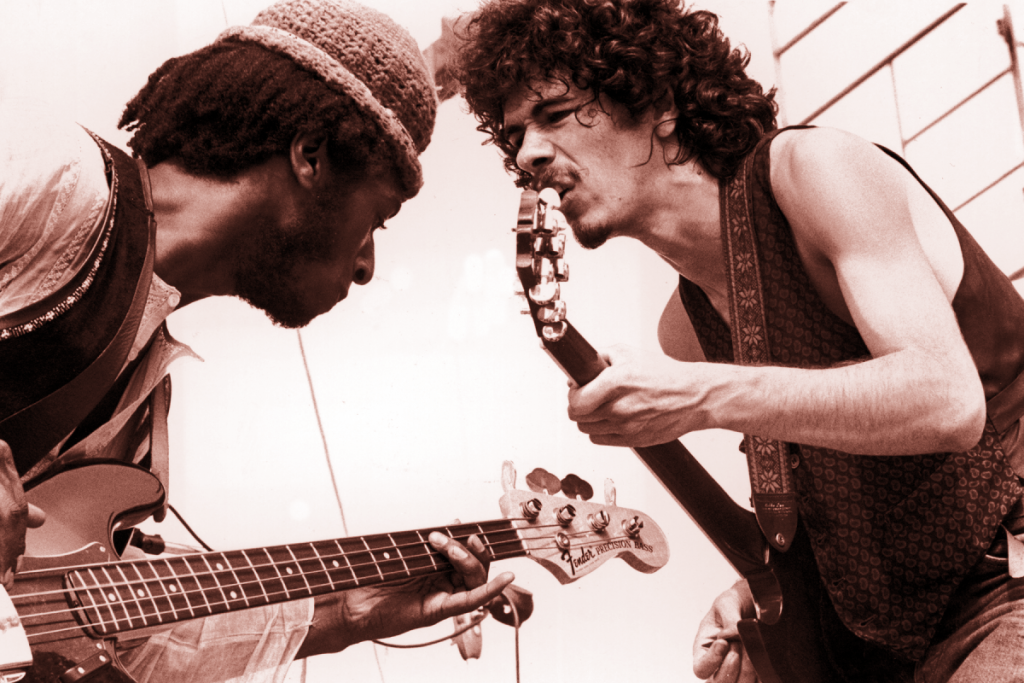
This program also focuses on a demo from their aborted first album sessions as well as the moment where everything changed for the band, their 1969 performance at Woodstock, where the band took LSD prior to going on stage and delivering one of the three day weekend’s most critically lauded performances both of which pre-date their debut LP, some of the big hits and album tracks.
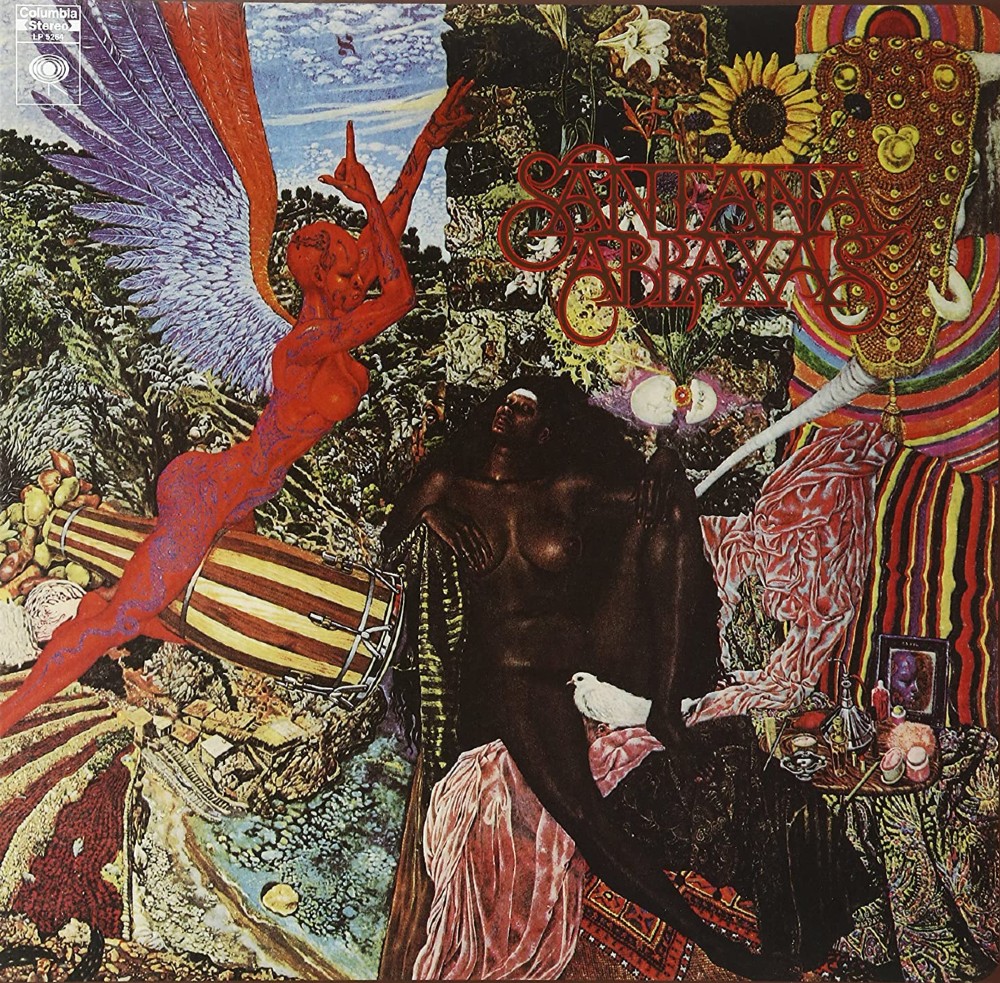
Santana’s success brought Hispanic artists to the forefront in a way not seen previously during the Rock era. After their debut, a wave of Latin Rock artists became part of the mainstream, most notably WAR from Los Angeles and to a lesser extent, Mandrill from New York. Interestingly, Latin Rock also brought to prominence other Hispanic artists to the mainstream, though not heavy Rock and fusion, but were more associated with R&B and called Chicano Rock: groups such as Malo, Tierra and El Chicano all scored hits for a decade.
After 1972, the original band splintered, with two members going on to form the rock band Journey, two members going on to form Latin orchestral group Azteca, others going back to session work, and Carlos Santana going on an extended period as a jazz fusion artist for several years, with Jose Areas and Michael Shrieve, before returning to mainstream Rock.
First Part
- Everybody’s Everything, 1971, from Santana III
- Them Changes (live), 1972, from Carlos Santana with Buddy Miles! Live!
- Incident at Neshabur, 1970, from Abraxas
- As The Years Go Passing By (live in studio) 1968, demo recording, from On the Road to Woodstock (bootleg)
- Everything’s Coming Our Way, 1971, from Santana III
- Evil Ways (album version), 1969, from Santana
Second Part
- Song of the Wind, 1972, from Caravanserai
- Black Magic Woman/Gypsy Queen (album version), 1970, from Abraxas
- Oye Como Va, 1970, from Abraxas
Finale
- Soul Sacrifice (live), recorded 1969, released 1970, from the Woodstock soundtrack
Love to you all.
Ben “Daddy Ben Bear” Brown Jr.
Host, Show Producer, Webmaster, Audio Engineer, Researcher, Video Promo Producer and Writer
“Copyright Disclaimer Under Section 107 of the Copyright Act 1976, allowance is made for ‘fair use’ for purposes such as criticism, comment, news reporting, teaching, scholarship, and research. Fair use is a use permitted by copyright statute that might otherwise be infringing. Non-profit, educational or personal use tips the balance in favor of fair use.”
